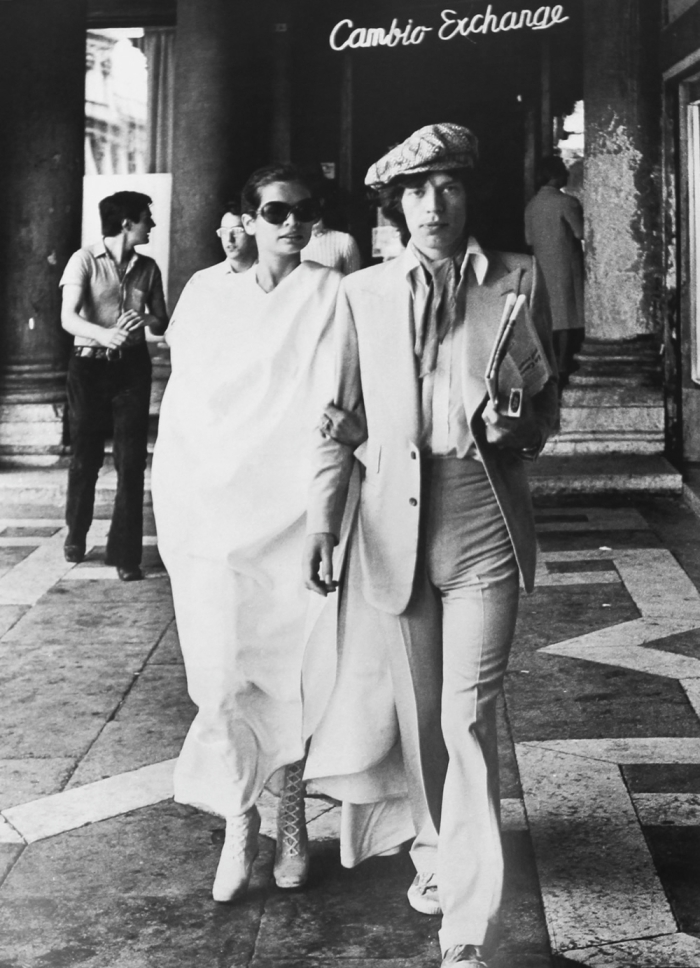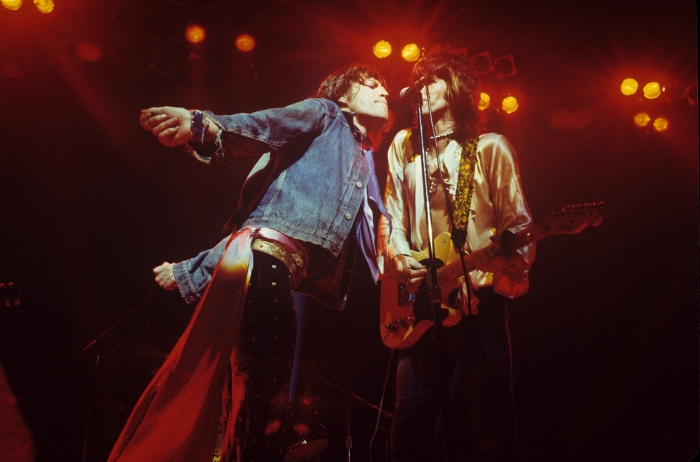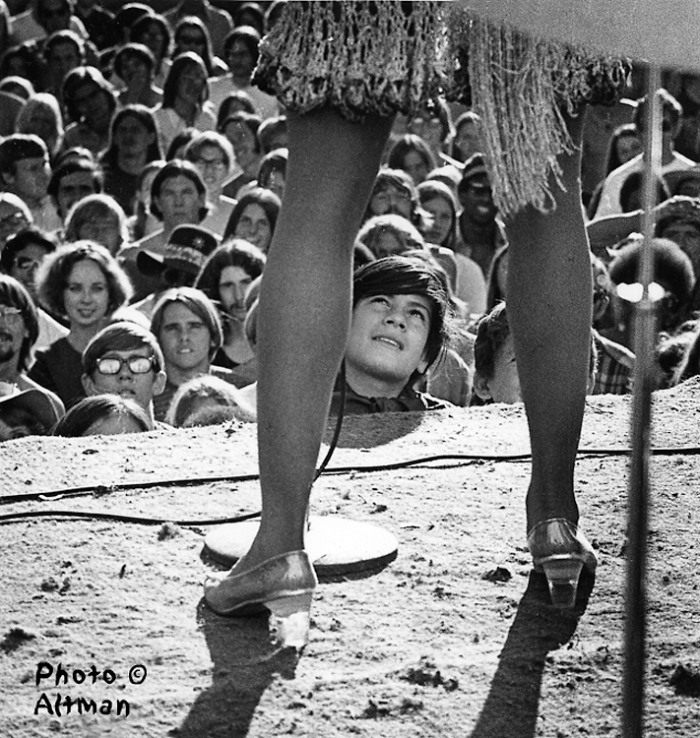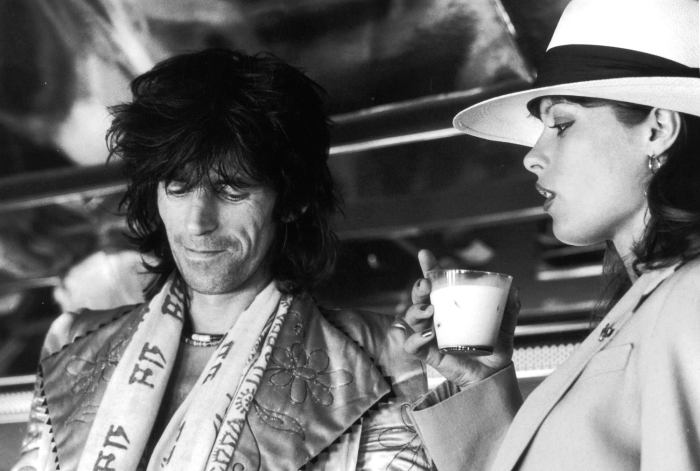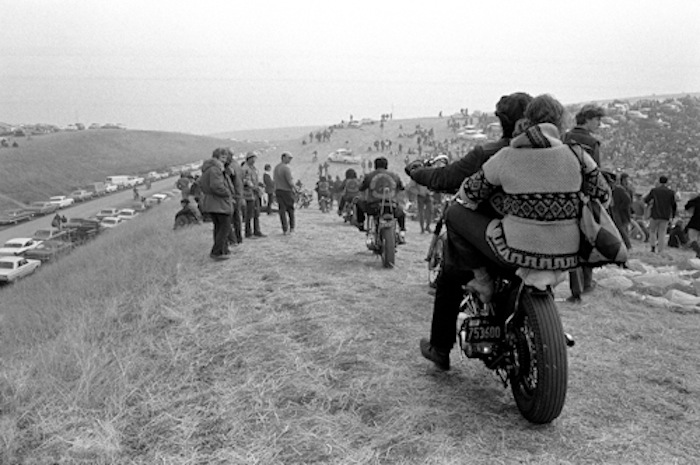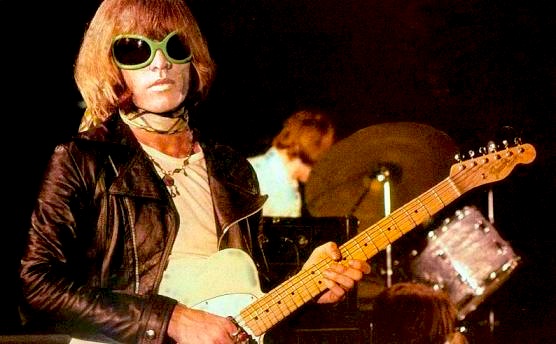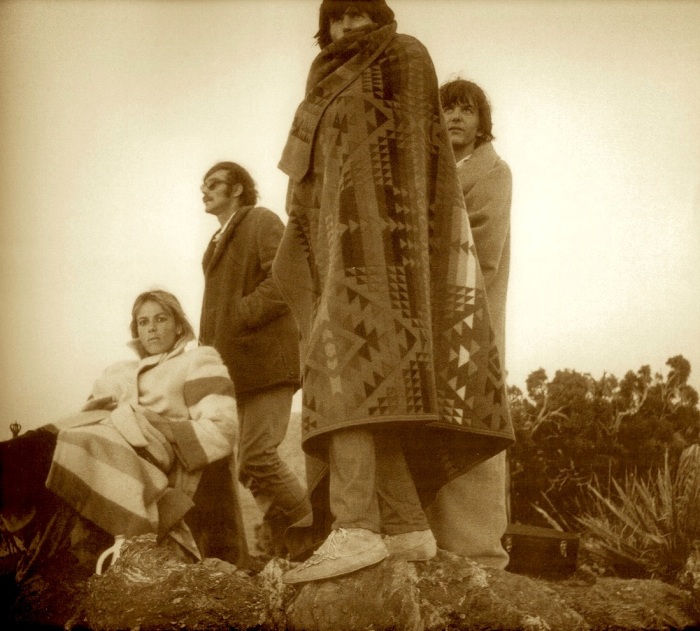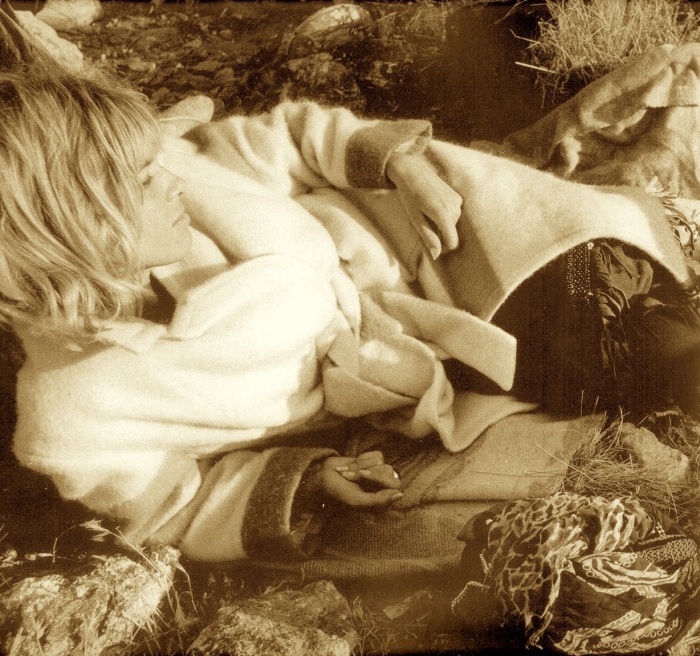*
From the desk of Contributing Editor Eli M. Getson-
*
Growing up in Chicago during the 1970’s and 80’s I had the opportunity to see some truly epic musicians. Luckily, I looked older than my years, and also had the advantage of a stellar fake ID– so Dr. James Fortier, OBGYN could get into any number of late night haunts, concert halls, and after hours clubs. I saw a lot of great acts in those days. However, I contend that no artist I have ever seen, before or since, could hold a candle to Winston Hubert McIntosh, aka Peter Tosh. Peter, usually arriving to the stage late, would literally stalk the floor with intensity. He filled up a hall like no other musician I have ever seen– it was like he sucked the oxygen out of the place. A Peter Tosh concert was a roller coaster ride. He could appear stoned out of his mind, ranting about legalizing ganja use between songs– and then be completely lucid and take on the role of machete wielding revolutionary giving a political speech on the oppression in the Third World and the evils of apartheid. Whenever I saw Peter I could not take my eyes off him– he literally scared/fascinated the hell out of me. And hearing him do a solo version of “Get Up, Stand Up” was a religious experience that hit me like a ton of bricks.
__________________________________________________________________
*

1983 ~ Peter Tosh Holding a Microphone and Guitar ~ Image by © Lynn Goldsmith/Corbis
*
In a lot of ways I think Peter was ahead of his time, and probably is more of a spiritual father to the hip-hop movement than he gets credit for. To say he grew up hard is an understatement. Born to parents who were too young to raise him, Peter was raised by his aunt in the Trenchtown ghetto in Kingston, Jamaica. He taught himself guitar early on by listening to American AM stations from Miami and New Orleans who played the likes of Chuck Berry. Peter became quite a local celebrity in Kingston in the 1960s singing ska, and was introduced by his musical mentor Joe Higgs to Bob Marley and Bunny Wailer.
*

1972, Jamaica ~ L-R: Earl Lindo, Bob Marley, Carlton Barrett, Peter Tosh, Aston “Family Man” Barrett. ~ Image by © Michael Ochs Archives/Corbis
*
It was through this fateful hook-up that Peter and Bob became friends and the Wailers were formed. Through Joe’s teaching, the group learned to harmonize and often sang on the street corners of Trenchtown and at various local sets as they got bigger. Through their will, guile and talent, the Wailers became Jamaican superstars and caught the attention of a young, British music exec named Chris Blackwell, who signed them and released their first two albums Catch a Fire and Burnin’ in 1973. I am not sure if Blackwell signed the Wailers solely with the intent of making Bob Marley a star– but after a rather nasty spat over Blackwell’s refusal to record a Tosh solo effort, Peter left the group and began several years of twists and turns. While Marley became the major Reggae star from Jamaica with his “One Love” message, Peter constantly berated a system he felt was unfair and would be beaten and harassed many times by the Jamaican police, even after he’d attained stardom.
*
Continue reading →



